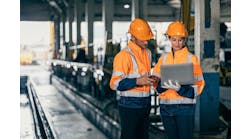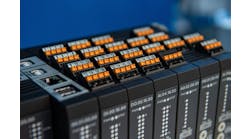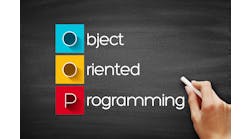While it's hard to point to a single technology changing automation, it would likely be classified under the Internet of Things. But that's just the starting point.
"Technology has reached a point in its evolution, especially digital technologies, where the technology itself doesn't constrain the way we design our products," says Peter Martin, vice president, marketing and innovation, Schneider Electric. "Thirty years ago, when we designed a control system, the design of the control system was highly dictated by the capability of the technology along with the price, size and heat dissipation. Now I can buy a Raspberry Pi for about $20 that has a million times more capability than what I worked on back in the 1970s, and it's packaged the size of my thumb. I can take those and industrialize them and all of a sudden I have a little industrial computer that is more powerful than a $2.5-million computer was back in 1979."
This gives Schneider Electric the opportunity to rethink how it goes about designing solutions for its clients. "Part of the interesting aspect of that is it allows us to literally design automation architectures that completely align with a customer’s problem set," says Martin. "Starting at the base assets down on the plant floor, such as motors, pumps and compressors, we can take a $20 computer and directly assign it to that asset.”
By doing that, Schneider Electric is adding a lot of control at the asset level, and it is not just machine or process control. It adds reliability control, cybersecurity control, safety control, environmental risk control, efficiency control and profitability control. "The technology out there gives us an incredible opportunity—a whiteboard opportunity," says Martin. "For the past 40 years, we in the automation industry started with the premise that the programmable logic controller or distributed control system are a given, and every new technology that came out would be used to fix, improve or extend these controllers. Today the technology has reached the point where we can clean the whiteboard and start all over."
The controllers are good now, but what would these automation control systems look like and how would then link up with a client's assets to drive more operational profitability in the plants? "That's the big opportunity,” says Martin. “While there are other specific technologies such as digital twins that are important, generally speaking, we are at a remarkable transition point on how we think about architecting automation solutions.”
Martin thinks one of the greatest concepts that came out of Industry 4.0 is the cyber-physical system—a small, stand-alone, autonomous computer that has all the sensor input and actuator output that can be assigned to a single physical entity, such as a pump. He believes we will see a very significant shift in the design of control systems that will push computing power right out to the edge and through the connected level directly to the customer’s assets.
"Many have talked about the Industrial Internet of Things in terms of connecting all of the automation products together," says Martin. "That's not the way we see it. We see that as just the starting point. We look at it in terms of making the clients, the industrial assets and the asset bases intelligent, connectable, autonomous and self-optimizing. If you can make every single asset in an industrial plant and every machine intelligent and autonomous, then you can add tremendous amounts of value to industrial companies."
A cyber-physical base asset is a machine or piece of equipment such as a pump that groups together into a work cell or process unit. "If each base asset that comprises it starts off autonomous, then, when you pull them together, the amount of control required is much less than it is today as each base asset is already controlled," says Martin. "Work cells and units become areas which become plants and factories. You can view the entire industrial space as a collection of assets and asset sets, which can be made self-optimizing and autonomous."
The first step is to get the technology to align with an asset, and the second step is to extend the control capability. "If you look at a Google or Tesla autonomous car, the thing that converts those cars from being unintelligent to autonomous is real-time control of things such as steering, speed, braking and transmission," says Martin. "The same is true when we talk about industrial assets. It's the cyber-physical system concept along with the control models implemented that create the self-optimizing assets."
The control models needed, in Martin's opinion, are real-time risk control of cybersecurity, reliability, safety, environmental, efficiency and profitability. "If you take these six control domains and align them with an asset, you can create a self-optimizing asset," says Martin.
Not only are controllers being developed with extended control, automation and control is moving from a supporting asset to a profit-generating asset. Looking at the data past and present enables understanding of when each asset is running well or poorly. I wonder what will be using that data in the future.






